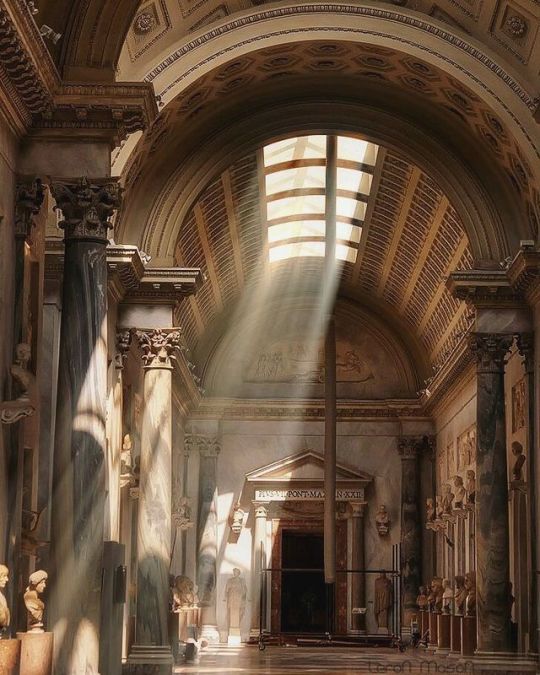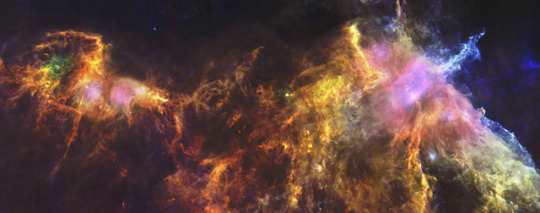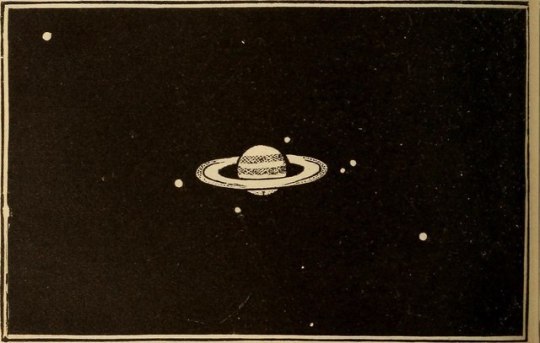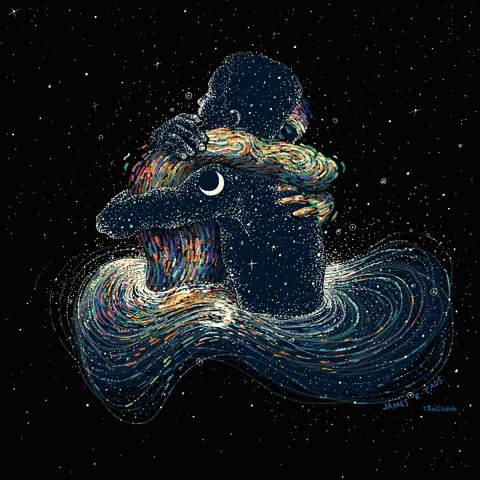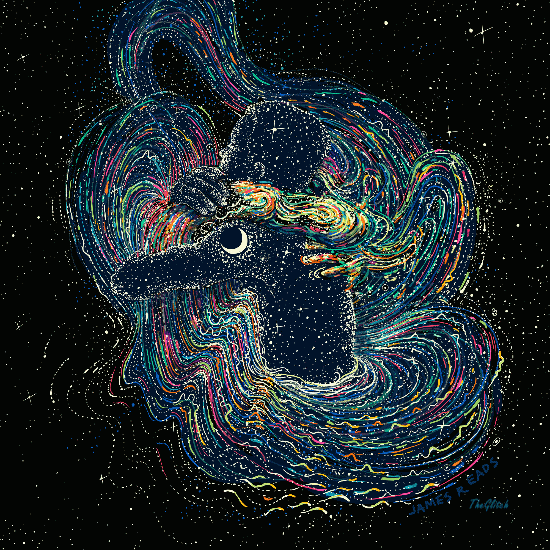Just some random guy. I'll post art here, occasionally, who knows, I mostly just reblog pictures of space, and aesthetics I like. If I'm not at work then I'm most likely getting stoned.
Don't wanna be here? Send us removal request.
Photo

Hubble Catches a Spiral Galaxy in Disguise : NGC 1032 cleaves the quiet darkness of space in two in this image from the NASA/ESA Hubble Space Telescope. (via NASA)
1K notes
·
View notes
Photo
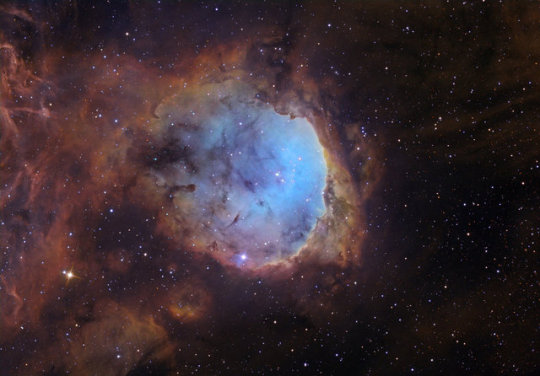
NGC 3324 in Carina : This bright cosmic cloud was sculpted by stellar winds and radiation from the hot young stars of open cluster NGC 3324. With dust clouds in silhouette against its glowing atomic gas, the pocket-shaped star-forming region actually spans about 35 light-years. It lies some 7,500 light-years away toward the nebula rich southern constellation Carina. A composite of narrowband image data, the telescopic view captures the characteristic emission from ionized sulfur, hydrogen, and oxygen atoms mapped to red, green, and blue hues in the popular Hubble Palette. For some, the celestial landscape of bright ridges of emission bordered by cool, obscuring dust along the right side create a recognizable face in profile. The region’s popular name is the Gabriela Mistral Nebula for the Nobel Prize winning Chilean poet. via NASA
996 notes
·
View notes
Photo
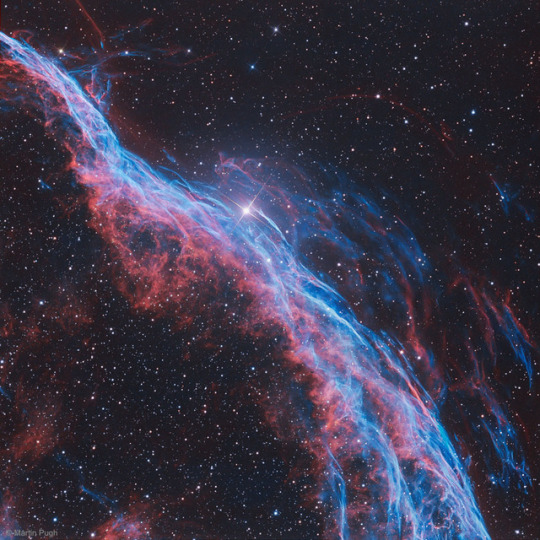
NGC 6960: The Witchs Broom Nebula : Ten thousand years ago, before the dawn of recorded human history, a new light would have suddenly have appeared in the night sky and faded after a few weeks. Today we know this light was from a supernova, or exploding star, and record the expanding debris cloud as the Veil Nebula, a supernova remnant. This sharp telescopic view is centered on a western segment of the Veil Nebula cataloged as NGC 6960 but less formally known as the Witch’s Broom Nebula. Blasted out in the cataclysmic explosion, the interstellar shock wave plows through space sweeping up and exciting interstellar material. Imaged with narrow band filters, the glowing filaments are like long ripples in a sheet seen almost edge on, remarkably well separated into atomic hydrogen (red) and oxygen (blue-green) gas. The complete supernova remnant lies about 1400 light-years away towards the constellation Cygnus. This Witch’s Broom actually spans about 35 light-years. The bright star in the frame is 52 Cygni, visible with the unaided eye from a dark location but unrelated to the ancient supernova remnant. via NASA
3K notes
·
View notes
Photo
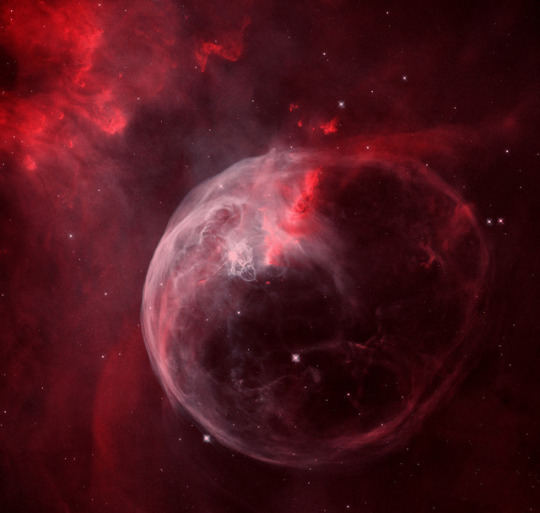
NGC 7635: The Bubble Nebula : Blown by the wind from a massive star, this interstellar apparition has a surprisingly familiar shape. Cataloged as NGC 7635, it is also known simply as The Bubble Nebula. Although it looks delicate, the 7 light-year diameter bubble offers evidence of violent processes at work. Above and left of the Bubble’s center is a hot, O-type star, several hundred thousand times more luminous and some 45 times more massive than the Sun. A fierce stellar wind and intense radiation from that star has blasted out the structure of glowing gas against denser material in a surrounding molecular cloud. The intriguing Bubble Nebula and associated cloud complex lie a mere 7,100 light-years away toward the boastful constellation Cassiopeia. This sharp, tantalizing view of the cosmic bubble is a composite of Hubble Space Telescope image data from 2016, reprocessed to present the nebula’s intense narrowband emission in an approximate true color scheme. via NASA
2K notes
·
View notes
Photo
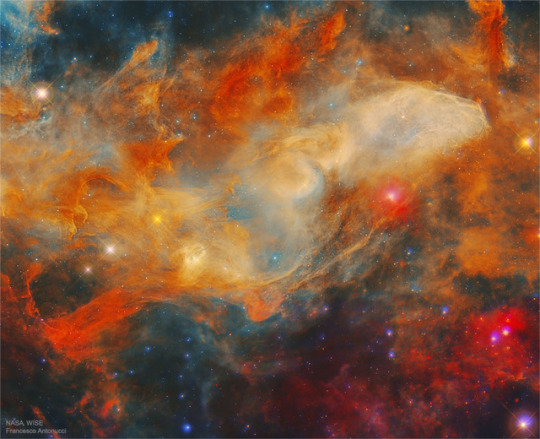
The Blue Horsehead Nebula in Infrared : The Blue Horsehead Nebula looks quite different in infrared light. In visible light, the reflecting dust of the nebula appears blue and shaped like a horse’s head. In infrared light, however, a complex labyrinth of filaments, caverns, and cocoons of glowing dust and gas emerges, making it hard to even identify the equine icon. The featured image of the nebula was created in three infrared colors (R=22, G=12, B=4.6 microns) from data taken by NASA’s orbiting Wide Field Infrared Survey Explorer (WISE) spacecraft. The nebula is cataloged as IC 4592 and spans about 40 light years, lying about 400 light years away toward the constellation Scorpius along the plane of our Milky Way Galaxy. IC 4592 is fainter but covers an angularly greater region than the better known Horsehead Nebula of Orion. The star that predominantly illuminates and heats the dust is Nu Scorpii, visible as the yellow star left of center. via NASA
2K notes
·
View notes
Photo
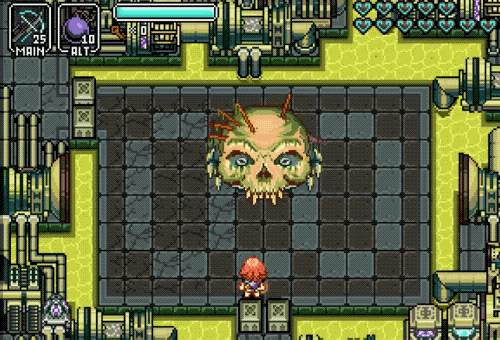
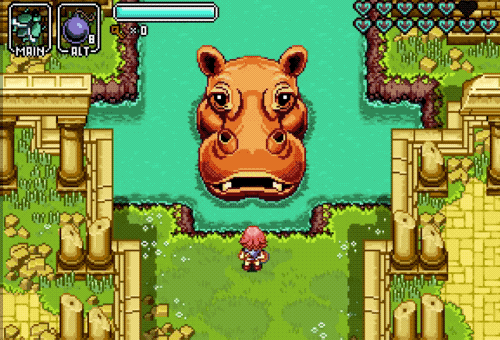
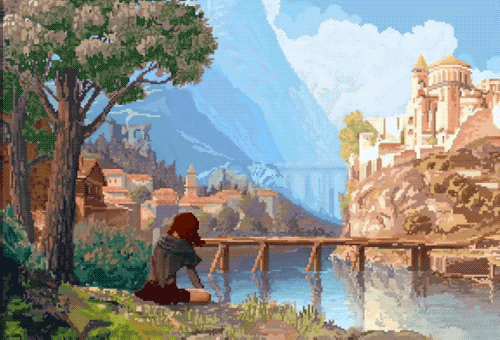
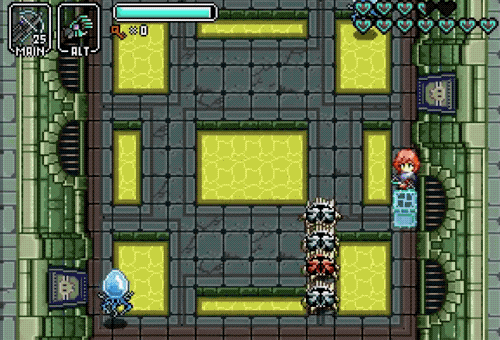
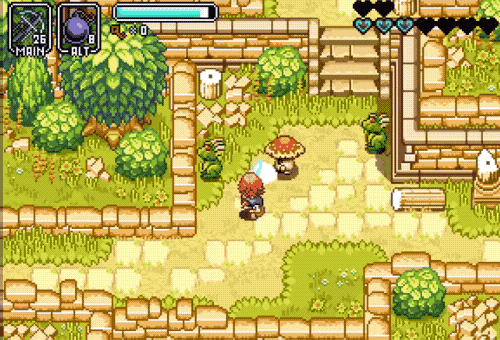
Hazelnut Bastille is a Link to the Past inspired open world action RPG adventure with a lush 16-bit styled game world full of puzzles, secrets to discover and monsters to battle.
Read More & Play The Kickstarter Demo, Free (Windows, Mac & Linux)
1K notes
·
View notes
Photo

Character edit I turned into a Joof-ball.
69 notes
·
View notes
Photo





9jedit - https://twitter.com/9Jedit - https://www.instagram.com/9jedit
25K notes
·
View notes

